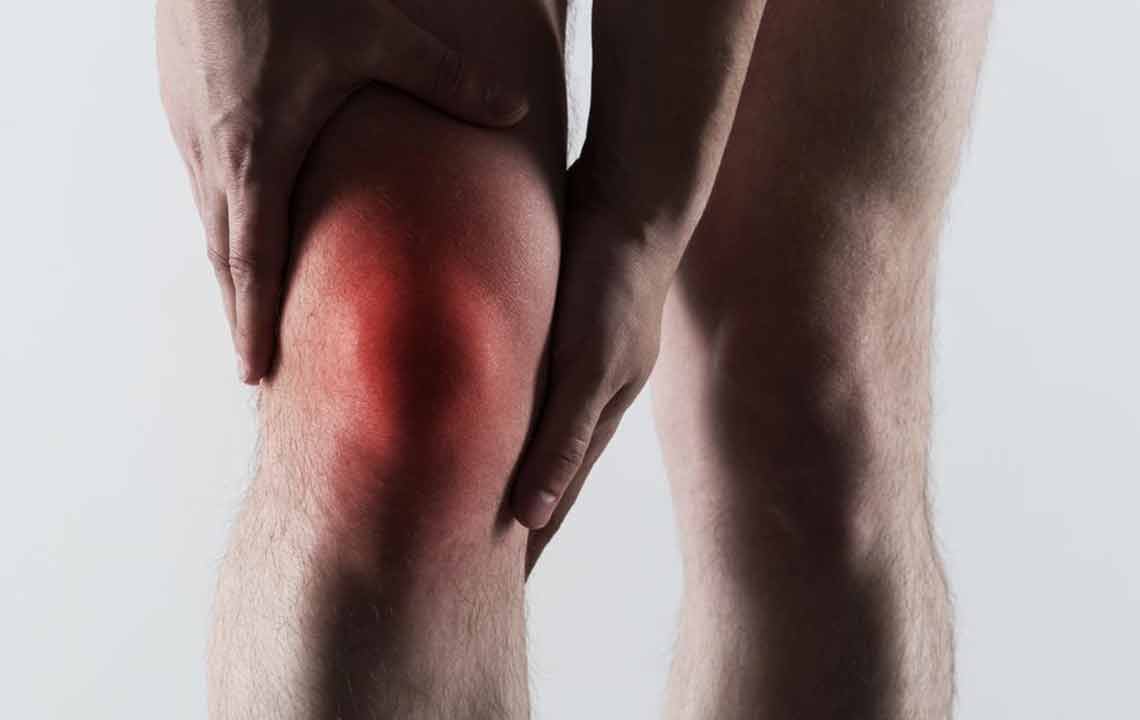Gout: Its causes, diagnosis, and treatment
Gout is a type of arthritis which occurs when you have too much uric acid in your blood and it creates sharp crystals in one or more or your joints. Mostly it occurs in your big toe but it can also occur in your ankle, knee, wrist, foot, or elbow.

Its attacks are sudden and cause severe pain and can be identified by redness and swelling around the joint. Generally, it lasts for 3 to 10 days, but the first 36 hours is extremely painful. After having the first attack, people usually don’t have another one for several months or years.
Who are at risk?
The ratio is 3:1 between men and women. It is quite common for men who are above 40 years of age. Women will have it mostly after their menopause. Those who are overweight and drink alcohol are at higher risk of suffering from gout. People who are having the following characteristics are more prone to having gout.
- Individuals with family history of having gout
- Taking certain diuretics for high blood pressure or other medications for psoriasis or rheumatoid arthritis.
- Those who have high blood pressure, heart disease, diabetes or high cholesterol
- Those who have undergone gastric bypass surgery
Causes of gout
Your body produces uric acid to break down a chemical called purine. The chemical is naturally available in your body and can also be found in some foods such as shellfish, red meat, sugary drinks, etc.
Normally uric acid gets dissolves in your blood and gets eliminated from your body. But in case your body is making too much of uric acid and is not able to get rid of it, the formation of crystals occur and they start collecting in your joints, resulting in gout.
Other than gout, an excess of uric acid in your blood can lead to disfiguring lumps, which is also known as tophi, formed around the affected joint. In case those crystals start collecting in the urinary tract, a formation of kidneys stones can happen.
Test and diagnosis for gout
Tests that help diagnose gout include:
- Joint fluid test: The doctor will use a needle to draw fluid from your affected joint and after examination, the fluid might reveal urate crystals.
- Blood test: A blood test can be conducted to measure the level of uric acid and creatinine in your blood. One can’t truly believe in this test, as some people might have high uric acid levels but never had gout. Some might have gout but normal uric acid levels.
- X-Ray Imaging: It can be useful to rule out the possibility of having joint inflammation.
- Ultrasound: To detect urate crystals in a joint, musculoskeletal ultrasound is conducted.
- Dual energy CT scan: It helps in detecting the presence of urate crystals in a joint, even if they are acutely inflamed.
Easy gout treatments
Easy gout treatments for acute attack:
- Proper rest should be provided to the affected joint until the attack ceases and for the next 24 hours.
- It is recommended to elevate the painful joints
- Nonsteroidal anti-inflammatory drugs can be useful to relieve inflammation. However, you should consult with your doctor first to keep a check on the quantity of taking it.
How to prevent more attacks
- You need to control your weight as overweight increases the risk of developing gout. Avoid fasting or low-calorie diet, as they might help you in reducing weight but they increase the amount of uric acid in your body and result in a gout attack.
- You need to follow an exercise program.
- Limit your alcohol intake, especially beer. As it can reduce the release of uric acid by the kidneys in your urine, which can increase the level of uric acid in your body, resulting in the development of gout.
- Limit your intake of meat and seafood as they are high in purine and can raise your uric acid levels.
- Ask your doctor about the medications you can take to reduce the uric acid levels in your body.
Medication used for gout treatment
It includes both short-term as well as long-term medications.
Short-term medications
During an acute attack, they help in relieving pain and reduce inflammation and prevent a recurrence of an acute attack. Some of them are:
- Nonsteroidal anti-inflammatory drugs
- Colchicine
- Corticosteroids
If you start the treatment as soon as you diagnose gout, you can get relief from the symptoms within 24 hours.
Long-term medications
These medications are used to lower uric acid levels in your blood. They also reduce the gout attacks and save you from the severe pain. Some of these medicines are:
- Uricosuric agents
- Xanthine oxidase inhibitors
- Colchicine
- Pegloticase
In case your doctor has prescribed any of these medications, you should take them as per the prescription without fail. The easy gout treatments along with medication will help you cure gout effectively.











